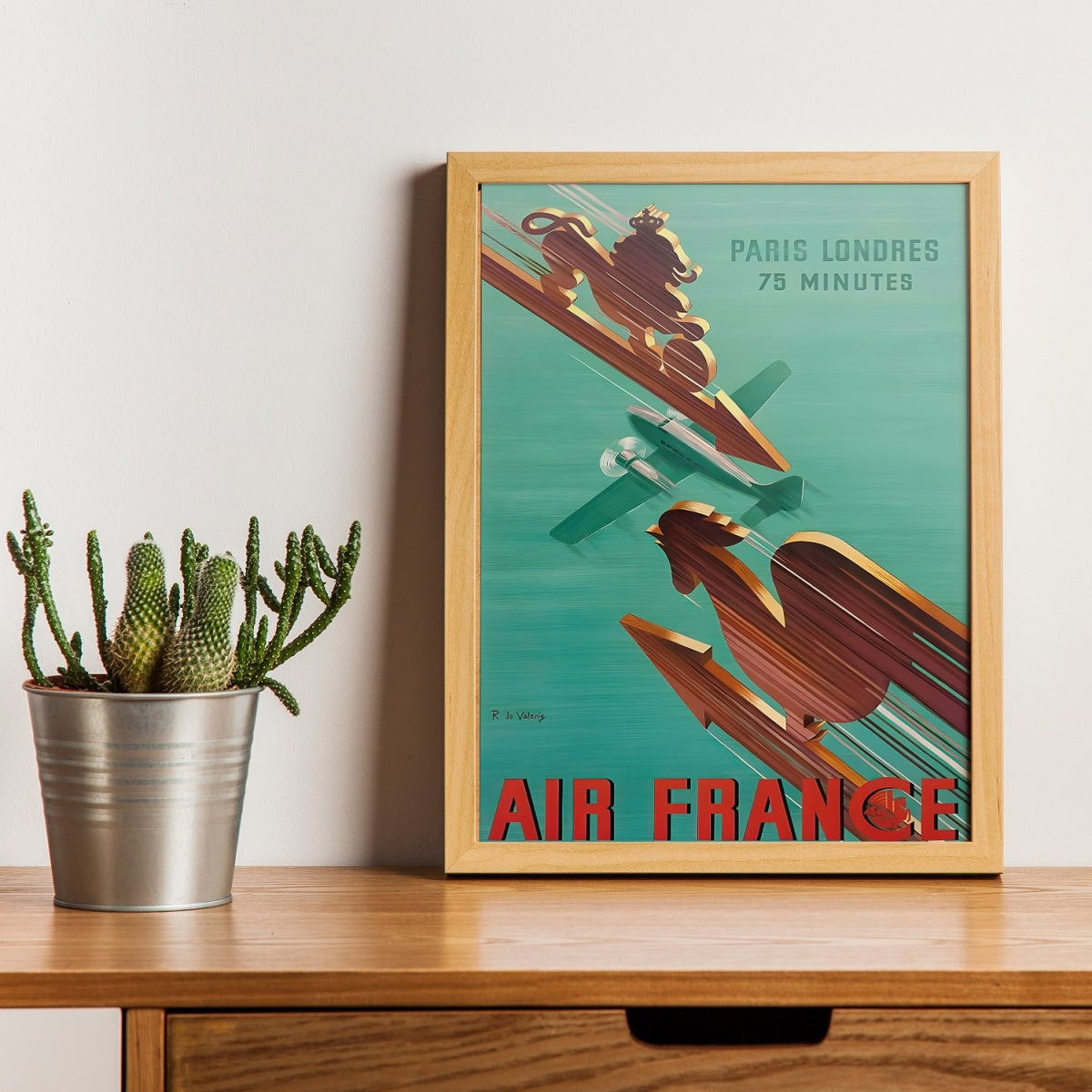What is Art Nouveau?
Art Nouveau , also known as Jugendstil, noodle style, or modernism, is an artistic and architectural movement that emerged in the late 19th and early 20th centuries, primarily between the 1890s and 1910s. movement developed as a reaction to the rigid and austere aesthetics of the Victorian era, seeking to embrace nature, fluidity and ornamentation.
Features of Art Nouveau:
-
Curved and organic lines: Art Nouveau is characterized by the use of sinuous, flowing and organic lines, inspired by natural forms such as the curves of plants, the waves of water and plant motifs.
-
Floral ornaments and naturalistic motifs: Art Nouveau artists incorporated floral and naturalistic motifs into their creations, such as flowers, leaves, vines and insects.
-
Rejection of the past and search for modernity: Art Nouveau was a break with traditional artistic styles and sought to create a modern and innovative visual language.
-
Use of new materials: Art Nouveau artists and artisans explored the use of new and innovative materials, such as wrought iron, blown glass, ceramics and precious metals.
-
Synthesis of the arts: Art Nouveau sought to integrate art into all aspects of everyday life, from architecture and interior decoration, to furniture design, graphic arts and applied arts.
-
Women and female forms: Female figures were often depicted in Art Nouveau works, symbolizing the ideal of beauty and elegance.
-
Posters and graphics: Art Nouveau also had a great influence on the development of the artistic poster, with artists such as Alphonse Mucha, Henri de Toulouse-Lautrec and Jules Chéret creating iconic posters in this style.
Main Art Nouveau artists:
Some of the most famous artists associated with Art Nouveau include Alphonse Mucha in France, Antoni Gaudí in Spain, Charles Rennie Mackintosh in Scotland, Gustav Klimt in Austria, Aubrey Beardsley in England, and Louis Comfort Tiffany in the United States. , to name a few.
Art Nouveau had a significant impact on the architecture, decorative arts, graphic design and applied arts of its time. Even after its decline on the eve of the First World War, its influences lived on and left a lasting mark on later artistic movements.
Art Nouveau Posters and Prints:
Art Nouveau produced many famous posters, including advertising posters, exhibition posters, and artistic posters. Here are some of the most iconic Art Nouveau posters:
-
'La Goulue' by Henri de Toulouse-Lautrec (1891) - This advertising poster for the Moulin Rouge in Paris is one of Toulouse-Lautrec's most famous works. It presents the dancer La Goulue, an emblematic figure of cabaret.
-
'Moët & Chandon' by Alphonse Mucha (1899) - Alphonse Mucha, one of the artists most associated with Art Nouveau, created this advertising poster for the famous champagne brand Moët & Chandon. It presents an elegant woman surrounded by floral motifs.
-
"Job" by Alphonse Mucha (1896) - Another iconic Mucha poster, created for Job rolling papers. It features a woman holding a cigarette, surrounded by decorative motifs and leaves.
-
'Le Frou-Frou' by Jules Chéret (1893) - Jules Chéret was one of the pioneers of poster art in France. This poster for Le Frou-Frou magazine is a classic example of the Art Nouveau aesthetic, with bold colors and elegant curves.
-
'The Dance' by Alfons Mucha (1898) - Another famous work by Mucha, this poster depicts two dancing women, surrounded by floral motifs, in a typical Art Nouveau style.
-
"Cycles Perfecta" by Jean de Paleologue (1897) - This poster for the Cycles Perfecta bicycle brand features an elegant woman on a bicycle, with Art Nouveau motifs and an abstract background.
-
'La Sagrada Família' by Antoni Gaudí (ca. 1910) - Although Gaudí is best known for his architecture, he also designed this poster for the Basilica de la Sagrada Família in Barcelona, showcasing his unique style.
These posters are emblematic of the Art Nouveau aesthetic, with their curved lines, floral motifs, and artistic elegance. They marked the history of art and continue to be reference examples for the Art Nouveau movement.






Leave a comment
This site is protected by hCaptcha and the hCaptcha Privacy Policy and Terms of Service apply.